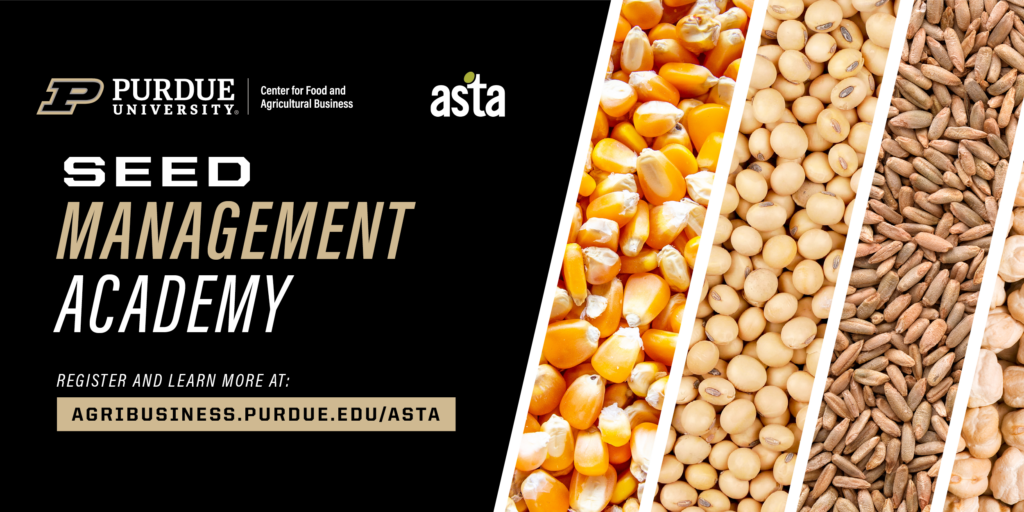 Today’s fast-paced, competitive food and agribusiness industry requires that we make decisions quickly. Some of those decisions are big, potentially game-changing decisions. Should we build that new feed mill? Should we buy company X? Should we enter into a joint venture with company Y? Should we make the investment in that R&D project?
Today’s fast-paced, competitive food and agribusiness industry requires that we make decisions quickly. Some of those decisions are big, potentially game-changing decisions. Should we build that new feed mill? Should we buy company X? Should we enter into a joint venture with company Y? Should we make the investment in that R&D project?
Even these big decisions often require us to be relatively quick and decisive to avoid being left behind. Have you ever made a decision and then looked up to say, “How did we come to this conclusion?” If you haven’t, you are either very lucky or your company has not taken many chances and has been satisfied with slow (or no) growth.
Recently, I was working with a company that had just broken ground on a new greenfield project (a project that lacks any constraints imposed by prior work). It was a significant investment for the company that had a big upside, but substantial risk as well. I asked them how they had made the decision to move forward. They said their analysts had put together a Net Present Value analysis on the investment that showed it to be profitable. So, I then asked them what the most critical assumptions were in the analysis that had been conducted. The answer? Blank stares.
When I asked about sensitivity of the NPV, they said that the analyst had indeed done best case, worst case, and most likely case scenarios. But, when we tried to determine what the key assumptions were behind the different cases, few, if any, details could be remembered.
Finally, I said, “What variable will the manager of this new project have to prioritize as the most important factor for the project to be successful? Some in the room said it would be cost control, some said product margins, others said market share. In each case, they weren’t sure what the target level needed to be to achieve the NPV the analyst had computed. Suddenly, the question materialized: “How did we come to this conclusion?”
The scenario I just painted is more common than most of us would like to admit. The pressure to perform, grow and manage day-to-day activities makes it difficult for us to be disciplined in our decision making.
But, it is precisely this discipline that allows us to capture the upside of our growth opportunities and minimize the risk we take in the process. Discipline in our decision making means that we take the time, even when time is short, to determine the true objective of the decision we are facing, to identify multiple alternative approaches to achieving the objectives, and to carefully analyze each of those alternatives.
One of the most important parts of careful analysis is to have the discipline to clearly document all of the assumptions we make in our analysis. This way, when we choose an alternative to move forward, we will know the critical variables (assumptions) that make this a good decision.
We can use the documented assumptions as benchmarks or targets to help our managers and employees understand how to prioritize key variables in the business to improve the probability that the decision will be as good as our initial analysis had “assumed” it would be.
Check out our upcoming programs and exceed your professional development goals! Position yourself to excel in your career by attending one of our professional development workshops. Each educational program focuses on different business topics and concepts related to the agribusiness industry you serve, including: marketing, sales, finance, talent management and strategy. Not sure which one is right for you? Let’s chat!
:



